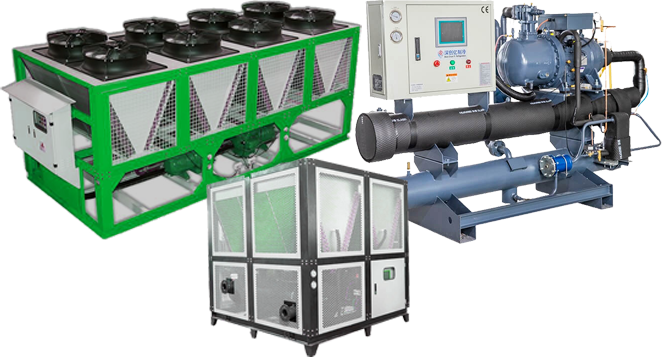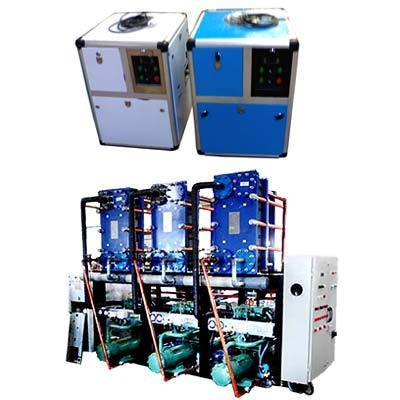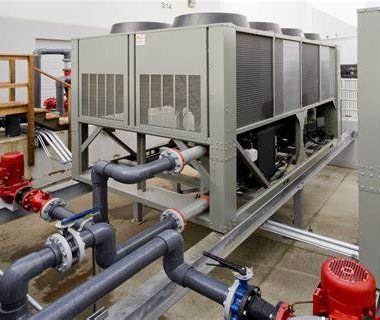Preserving Perishables with Chiller Technology
Preserving Perishables with Chiller Technology
Chiller innovation plays a crucial role in protecting perishable goods over different businesses, guaranteeing nourishment safety, diminishing waste, and supporting sustainable practices. Explain about Preserving Perishables with Chiller Technology : Here’s how chiller technology makes a difference within the preservation of perishables:
1. Temperature Control:
Chillers maintain consistent and optimal temperatures for perishable goods all through the supply chain, from generation and preparing to storage and distribution. By keeping items such as fruits, vegetables, dairy items, and meats at the suitable temperature, chillers anticipate spoilage and extend shelf life.
2. Cold Chain Management:
Chillers are essential components of the cold chain, a seamless process of refrigerated storage and transportation that preserves the quality and freshness of perishable items. From refrigerated warehouses and transport vehicles to retail show cases, chillers ensure that perishables remain at secure temperatures to maintain quality and prevent bacterial growth.
3. Food Safety:
Proper temperature control given by chillers helps avoid the development of destructive bacteria and pathogens in perishable nourishments, reducing the risk of foodborne illnesses. Maintaining consistent cold temperatures slows down the rate of microbial growth, ensuring that food remains secure for utilization all through its journey from farm to fork.
4. Extended Shelf Life:
Chillers moderate down the common deterioration of perishable things by inhibiting enzymatic and microbial action, thereby extending their rack life. By making a controlled environment with lower temperatures, chillers help protect the freshness, surface, flavor, and nutritional value of foods, lessening the require for premature transfer and minimizing food waste.
5. Sustainable Practices:
Efficient chiller innovation contributes to maintainable nourishment preservation practices by diminishing energy consumption and minimizing environmental affect. Energy-efficient chillers with eco-friendly refrigerants and progressed controls optimize cooling forms, lowering greenhouse gas emissions and moderating assets whereas maintaining item quality.
6. Cold Storage Facilities:
Cold storage facilities prepared with chillers give a vital infrastructure for putting away perishable goods in bulk quantities. These facilities offer controlled environments with exact temperature and humidity levels, ensuring the long-term preservation of items such as fruits, vegetables, seafood, and pharmaceuticals.
7. Freshness and Quality:
By preserving the freshness and quality of perishable items, chillers offer assistance meet consumer demand for high-quality products with longer shelf lives. Whether in supermarkets, eateries, or households, chillers play a basic part in guaranteeing that perishables hold their sensory attributes and nutritional value, enhancing client satisfaction and loyalty.
In outline, chiller technology is instrumental in shielding perishable products, supporting nourishment safety, reducing waste, and advancing sustainable practices over the nourishment supply chain. By maintaining ideal temperatures and protecting item quality, chillers help address the challenges of bolstering a developing global populace while minimizing the environmental footprint of food generation and distribution.





